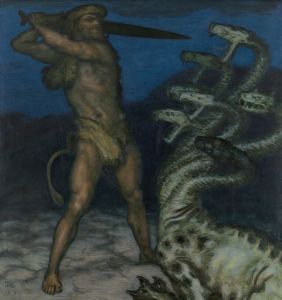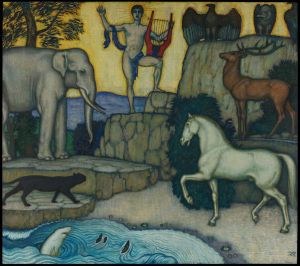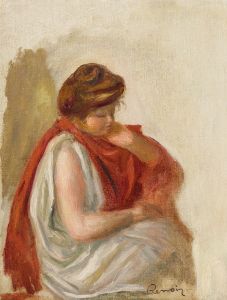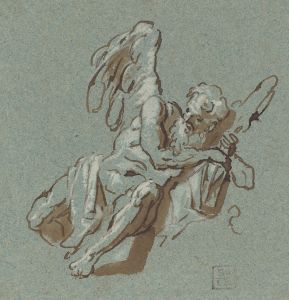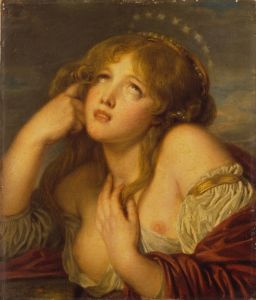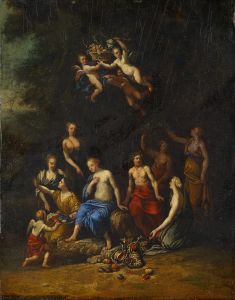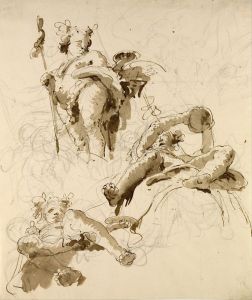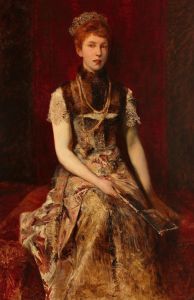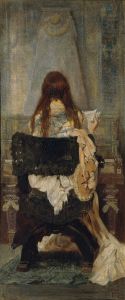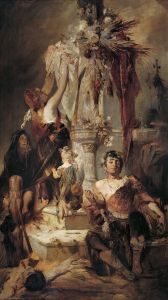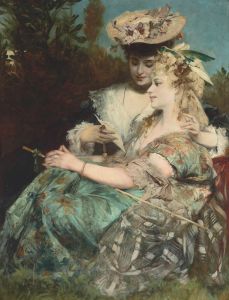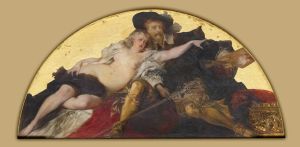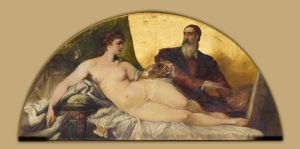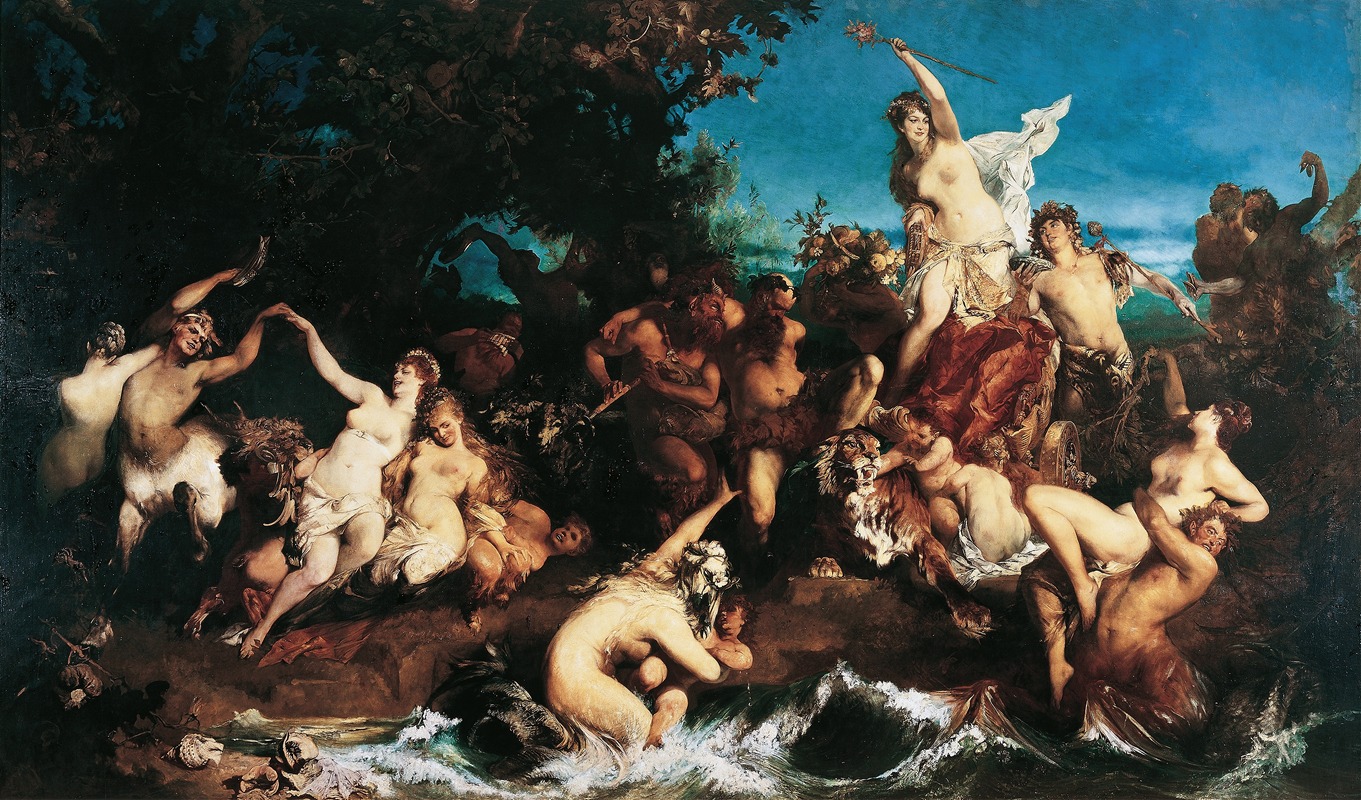
Bacchus and Ariadne
A hand-painted replica of Hans Makart’s masterpiece Bacchus and Ariadne, meticulously crafted by professional artists to capture the true essence of the original. Each piece is created with museum-quality canvas and rare mineral pigments, carefully painted by experienced artists with delicate brushstrokes and rich, layered colors to perfectly recreate the texture of the original artwork. Unlike machine-printed reproductions, this hand-painted version brings the painting to life, infused with the artist’s emotions and skill in every stroke. Whether for personal collection or home decoration, it instantly elevates the artistic atmosphere of any space.
Hans Makart's "Bacchus and Ariadne" is a notable painting created by the Austrian artist Hans Makart, who was a prominent figure in the 19th-century art scene. Makart, born in 1840 and passing away in 1884, was known for his grandiose and opulent style, often drawing inspiration from historical, mythological, and allegorical subjects. His works are characterized by their vibrant colors, dynamic compositions, and dramatic flair, which made him a celebrated artist of his time.
"Bacchus and Ariadne" depicts a scene from classical mythology, specifically the story of Bacchus (Dionysus in Greek mythology), the god of wine, and Ariadne, the daughter of King Minos of Crete. According to myth, Ariadne was abandoned by the hero Theseus on the island of Naxos after she had helped him escape the Labyrinth. Bacchus found her there, fell in love with her, and eventually married her, granting her immortality.
In Makart's interpretation, the painting captures the moment of Bacchus's arrival and his encounter with Ariadne. The composition is lush and filled with movement, typical of Makart's style. Bacchus is often depicted as a youthful, vigorous figure, surrounded by a retinue of satyrs, maenads, and other followers, celebrating with music and dance. Ariadne, on the other hand, is portrayed with a sense of grace and beauty, reflecting her divine transformation and the romantic nature of the myth.
Makart's use of color in "Bacchus and Ariadne" is particularly striking. He employs a rich palette to convey the opulence and festivity of the scene. The interplay of light and shadow adds depth and drama, enhancing the emotional impact of the painting. The figures are rendered with a sense of vitality and movement, drawing the viewer into the mythological narrative.
The painting is also notable for its size and scale, as Makart often worked on large canvases that allowed him to fully explore the grandeur of his subjects. This approach was part of what made his work so popular during his lifetime, as it appealed to the tastes of the Viennese elite and the broader European art market.
Hans Makart's "Bacchus and Ariadne" exemplifies his ability to blend historical and mythological themes with a distinctive artistic style that emphasized beauty, drama, and sensuality. The painting remains an important example of 19th-century European art and continues to be appreciated for its artistic and historical significance.





